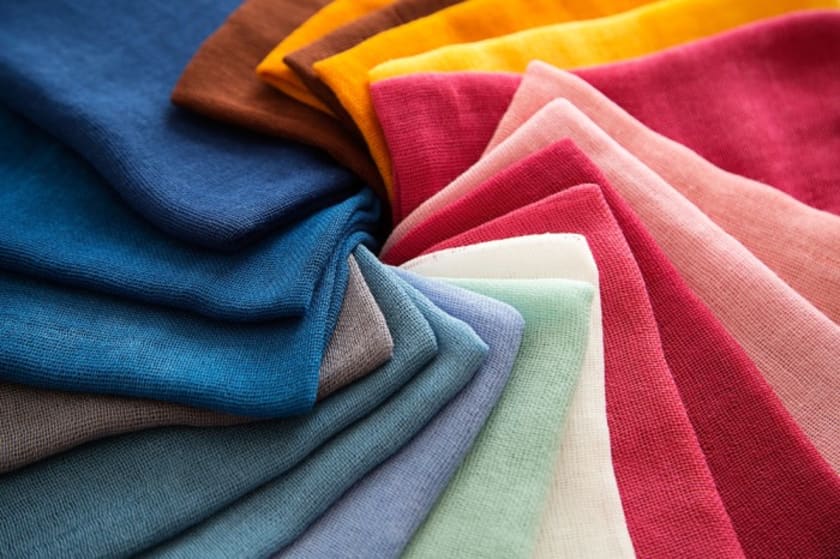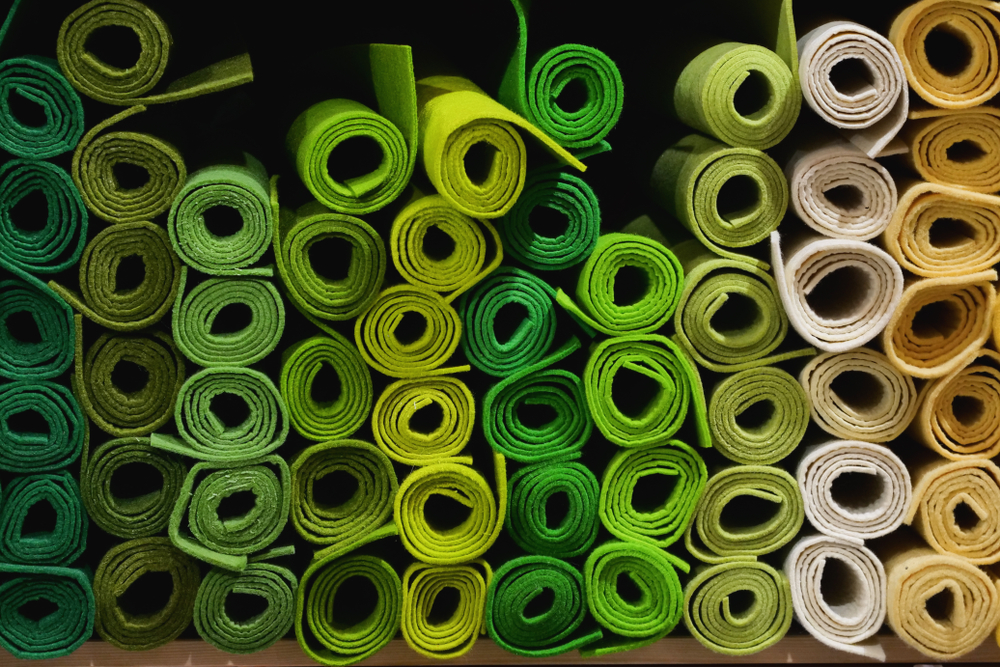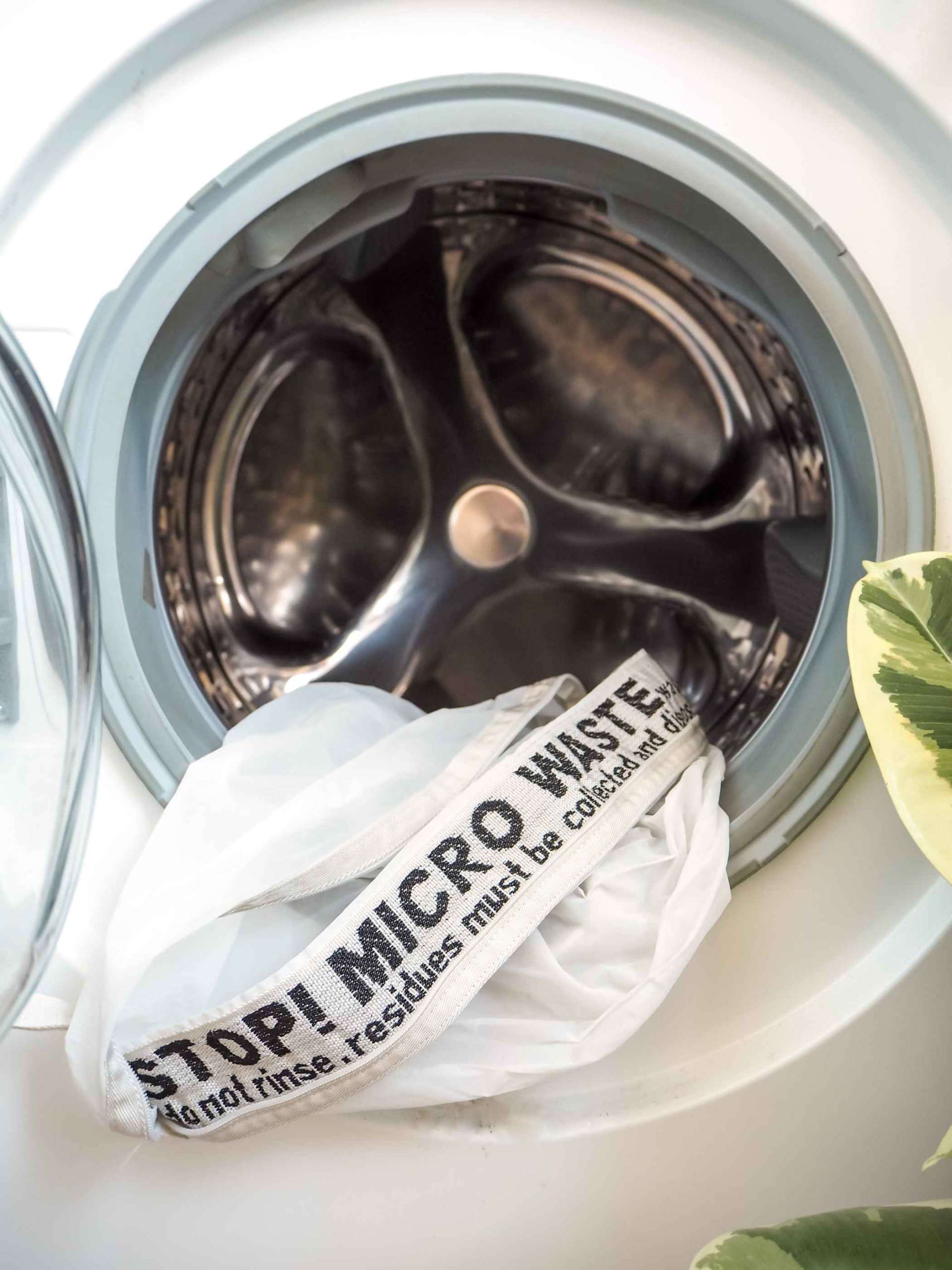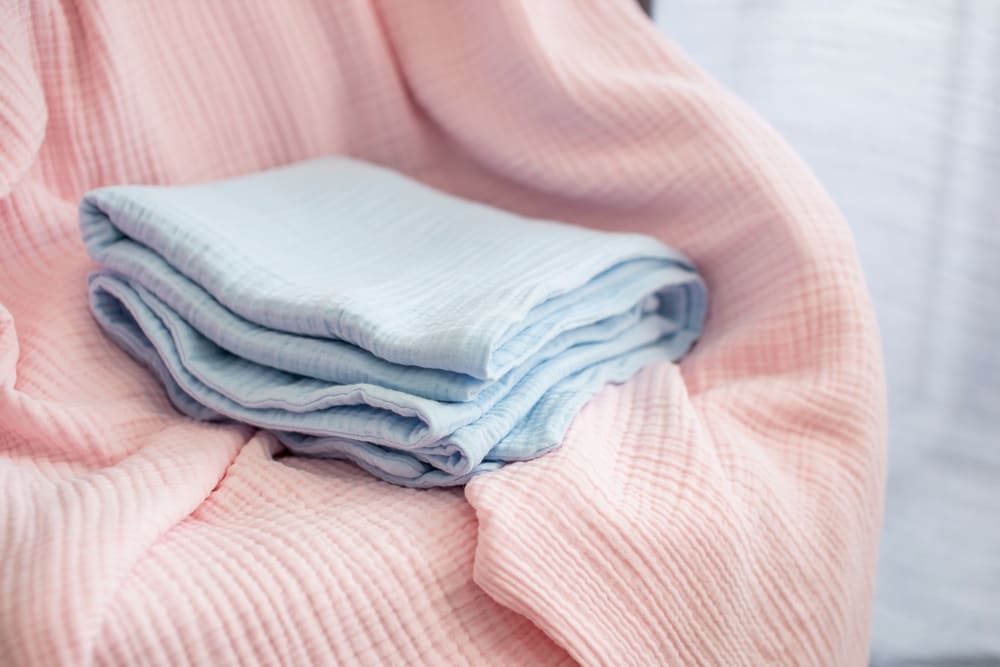Textile Fabrics And How They May Shrink While Processing



Shrinkage is the process of reducing the initial size of a textile fabric. The clothing shrinks even more in successive washings and can occur during wet or heat processing. Shrinkage can occur longitudinally, widthwise, or in both directions.
After washing, the size (dimension) of a piece of cloth or an apparel product shrinks from its original size (laundry process). If you wish to get into the details about this concept, then read on, and you will be able to comprehend it in the best manner.
What is the shrinkage of the fabric?
Fabric shrinkage refers to the change in the length or breadth of a textile fabric following washing, dewatering, drying, and other procedures. The kind of fibre, the material's structure, weaving, processing of external pressures, and other factors will all impact the fabric's shrinkage performance.
Shrinkage negatively impacts clothes when the garment shrinks by more than a specific percentage - usually 2-3 per cent. If the fabric, whether knitted or woven, is not pre-shrunk, the garment manufactured from that fabric will shrink to some amount.
Why does fabric or clothing shrink?
The following are some of the causes of textile fabric shrinking.
● The yarns stretch throughout the weaving process, resulting in high tension in the woven cloth.
● The machine unavoidably pulls fabric during the fabric production operations (dyeing, printing, and finishing). Thus tension occurs in the fabric.
● When the cloth is washed and tumble dried, the tension in the material is released, resulting in shrinkage. Even if the cloth specimen is soaked in water overnight, it shrinks.
When a fibre absorbs moisture, it swells longitudinally and transversely, increasing its volume, with the transverse expansion being more significant than the longitudinal expansion. As a result, as the fabric absorbs water, the diameter of the yarn thickens, causing the cloth to shrink. The fabric will keep its contraction condition after impregnation and washing due to the hysteresis of fibre moisture absorption.
Fabric Shrinkage Is A Well-Known Concept
The synthetic and blended textile fabric has the least shrinkage rate, followed by woollen, hemp, cotton fabrics in the middle, and silk fabrics at the top. Viscose fibre, rayon, and artificial wool materials have the most shrinking.
Cotton textiles, on the whole, have more or less shrinkage and fading issues; the key is the finishing. As a result, most home textile fabrics are pre-shrinking. It's worth emphasising that no shrinkage following pre-shrinking treatment does not imply any shrinkage; instead, the shrinkage rate is under 3% to 4%. Lingerie materials, particularly natural fibre garments, will shrink.
Fabric Shrinkage Influencing Factors

According to the foundations of fabric shrinkage, the influencing variables of textile fabric shrinkage have connections to the types of raw materials, organisational structure, processing circumstances, and other fabric characteristics.
Fibre composition has an impact.
The degree of shrinkage varies across fibres and textiles and is mainly determined by the hydrophilic qualities of the fibres or moisture-absorbing capabilities. The fibres in a fabric with high moisture absorption will expand following immersion, increasing the diameter, shortening the length, and revealing the shrinking condition. For example, viscose fibre absorbs a lot of water. Therefore this type of moisture-absorbent fabric would shrink a lot after washing. Polyester and polypropylene are examples of synthetic textiles.
The fabric's structure has an impact.
The fabric has a varied organisational structure, weaving tension, and shrinkage rate. Weaving tension is low, the fabric is tight and thick, and the fabric shrinkage rate is low; weaving tension is high, the fabric is loose and thin, and the fabric shrinkage rate is high.
The textile fabric density varies, as does the shrinking rate. The shrinking rate is comparable because the weft density and warp are similar. The warp density of the textile is high, so the warp shrinkage is high, and the weft density of the woven fabric is higher than the warp density, so the weft shrinkage is likewise high.
The impact of the manufacturing process
In general, the machine will stretch the fabric throughout dyeing and weaving. Also, the processing period is considerable so that the cloth will be tense. However, you will see shrinkage in the fabric after washing because tension is quickly released as the fabric comes into contact with water.
Furthermore, when the textile fabric is exposed to heat, its size and form change and shrink, and it cannot return to its original state after cooling, which is the fibre’s heat shrinkage. The rate of shrinkage of processed polyester fibre is 1% in boiling water, the rate of shrinkage of vinylon is five per cent, and the rate of shrinkage of chlorinated spandex in boiling water is 1%.
The weft shrinkage control process, rather than heat set, manages the mercerisation door width in cotton and linen weaved textiles without stretch.
Linen and cotton textile fabric are less thermoplastic than nylon and polyester fibres. Or, to put it another way, the temperature of these fibres in which carbon chains move is excessively high, which the current machine for sizing can't reach, even if it is only capable of reaching the first stage of coking instead of softening, which is purposeless. As a result, heat scaling does not provide the same dimensional stability as chemical fibre textiles; instead, it obtains good dielectric properties only through mercerisation's interior stress relief.
In the trial, for certain non-elastic fabrics, pulling it to the maximum in wefts and then over moisture retraction can partially improve weft shrinkage. When you draw to the extreme in the weft, you partially untwist the yarn of the weft, which improves weft shrinkage. Since the tension supplied by sizers is insufficient to untangle the westward strands of heavier textiles, this approach is only helpful for light fabrics at this level. It will be more prevelant because rough and inflexible yarns with a low twist are more inclined to untwisting.
The shrinkage warp of polyester-cotton or Chinon cotton mixing textiles is often less than that of 100 per cent cotton fabrics. They only have shrinkage induced by the deformation of "dry setting", not shrinkage produced by increased winding process owing to weft fibre swelling.
The elastic textile fabric incorporating spandex must be set with heat to achieve good shrinkage. There are two methods: the first one uses a more increased temperature and a shorter setting time, and the second uses a more inferior temperature and a more extended setting time. Both methods achieve good fabric shrinkage, but the first is more frugal, and the second has a more suitable rebound effect.
How is the shrinkage of fabric tested?

How do people test textile fabric shrinkage to verify that the garment does not shrink by few sizes after washing for the first instance? You must consent that this is critical to understand that if you don't shrink the cloth before bringing it to the tailor, your dress may shrink or place on the table for cutting. Even if you buy a readymade garment, there are still things you should know regarding fabric shrinking. It will save you cash and time in the long run. Nothing is more frustrating than spending a lot of time and cash on a great fit or fabric for the dress, only to discover that the size isn't what you expected after a wash.
Proven Ways To Keep Your Dress From Shrinking
You may ensure that your dress shrinks less if you use a front-loading washing machine instead of a top-loading machine. It is because a front-loading washing machine is kinder to clothes.
● To avoid shrinking, follow the directions on the label to the letter.
● Instead of using hot water to wash the garment, use cold water.
● Do not apply tension to the cloth. Use a delicate/gentle wash circle. Your dress will reward you by shrinking less as a result.
● Wash your garment using an organic manner. To avoid machine spinning, hand wash and air dry your delicate clothing.
Conclusion
The fabric's shrinking qualities are known to garment designers. As a result, they take preventative measures by including the needed shrinkage in the designs and cutting the garment patterns. Another method was to pre-shrink the cloth by panel washing it before cutting it. In the garment business, they deal with shrinkage using these two approaches.
Want to give the best to your customers? Then connect with the right brand that offers exclusive textile fabric. Fashinza is a business-to-business (B2B) garment manufacturing platform. To assist clothing makers in producing their collections, we connect them with vendors. Our partner businesses must place the order; we are responsible for the full production process, from inception to delivery. Our most popular service is a web-based platform that allows businesses to make orders, track them, receive daily production updates, communicate with producers, and pay for them. We prefer to think of our platform as the Amazon of the fashion industry. Contact us today for all your fabric needs! We are here to assist!



















